Rising Demand for Natural Food Colors
The increasing consumer preference for natural food colors over synthetic alternatives is a pivotal driver for the Anthocyanin Food Colors Market. As health-conscious consumers become more aware of the potential adverse effects of artificial additives, the demand for natural colorants, particularly those derived from fruits and vegetables, is surging. This trend is reflected in market data, which indicates that the natural food color segment is expected to witness a compound annual growth rate of approximately 6% over the next few years. The Anthocyanin Food Colors Market is poised to benefit significantly from this shift, as anthocyanins are recognized for their health benefits, including antioxidant properties, which further enhance their appeal in food and beverage applications.
Regulatory Support for Natural Colorants
Regulatory support for natural colorants is emerging as a crucial driver for the Anthocyanin Food Colors Market. Governments and regulatory bodies are increasingly recognizing the importance of natural ingredients in food products, leading to favorable regulations that promote the use of natural colorants. This support is particularly relevant as consumers demand transparency and safety in food labeling. The Anthocyanin Food Colors Market stands to gain from these regulatory changes, as they facilitate the approval and use of anthocyanin-based colorants in various food applications. Market data indicates that regions with stringent regulations on synthetic additives are witnessing a corresponding rise in the adoption of natural colorants, further propelling the growth of the anthocyanin segment.
Innovations in Food Processing Techniques
Innovations in food processing techniques are significantly influencing the Anthocyanin Food Colors Market. Advances in extraction and stabilization methods have improved the efficiency and quality of anthocyanin extraction from natural sources. Techniques such as enzymatic extraction and microencapsulation are being adopted to enhance the stability and shelf life of anthocyanin-based colorants. This not only ensures that the vibrant colors are retained in food products but also expands the range of applications for these natural colorants. Market data suggests that the adoption of these innovative processing techniques is likely to drive growth in the anthocyanin segment, as manufacturers seek to meet consumer demands for high-quality, visually appealing products.
Health Benefits Associated with Anthocyanins
Anthocyanins, the pigments responsible for the red, blue, and purple hues in various fruits and vegetables, are increasingly recognized for their health benefits. This growing awareness is driving the Anthocyanin Food Colors Market, as consumers seek products that not only enhance visual appeal but also contribute to overall health. Research suggests that anthocyanins may play a role in reducing the risk of chronic diseases, including heart disease and certain cancers. Consequently, food manufacturers are incorporating these natural colorants into their products to cater to health-conscious consumers. The market data indicates that the demand for anthocyanin-based food colors is expected to rise, with a projected increase in usage across various food and beverage sectors, including dairy, confectionery, and beverages.
Expanding Applications in Food and Beverage Sector
The expanding applications of anthocyanin food colors in the food and beverage sector are driving growth in the Anthocyanin Food Colors Market. As manufacturers explore innovative ways to enhance product appeal, anthocyanins are being utilized in a diverse range of applications, including beverages, dairy products, and baked goods. This versatility is particularly appealing to food producers looking to differentiate their products in a competitive market. Market data suggests that the beverage segment, especially juices and functional drinks, is experiencing a notable increase in the use of anthocyanin-based colors, reflecting a broader trend towards natural ingredients. The Anthocyanin Food Colors Market is likely to continue expanding as more applications are discovered and developed.


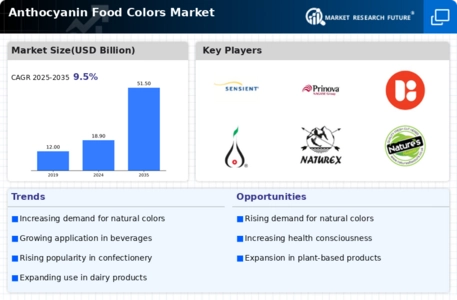
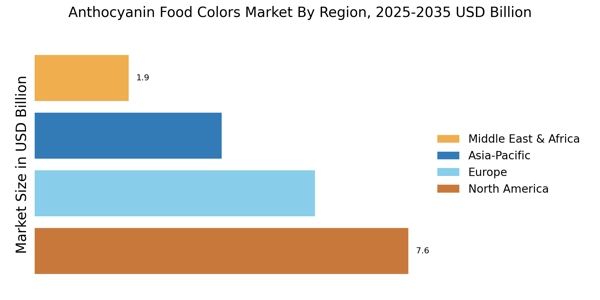
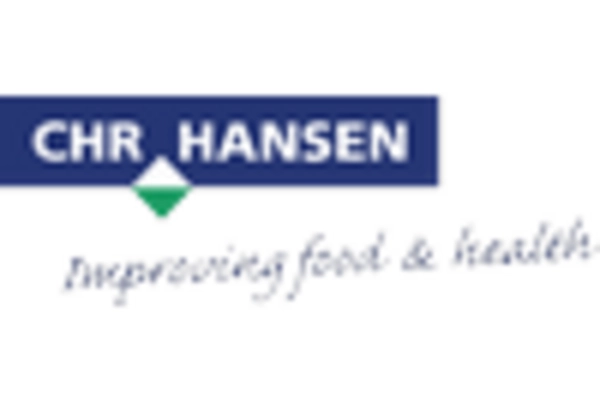
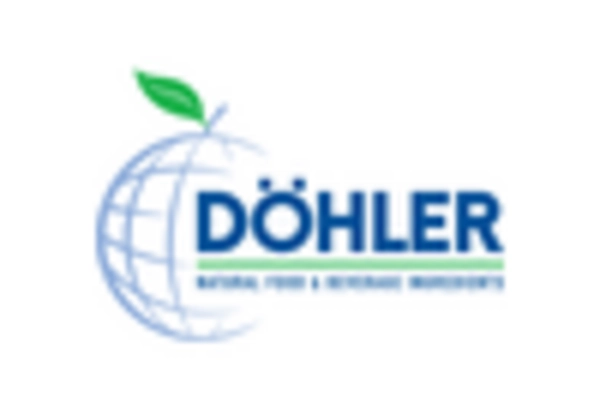
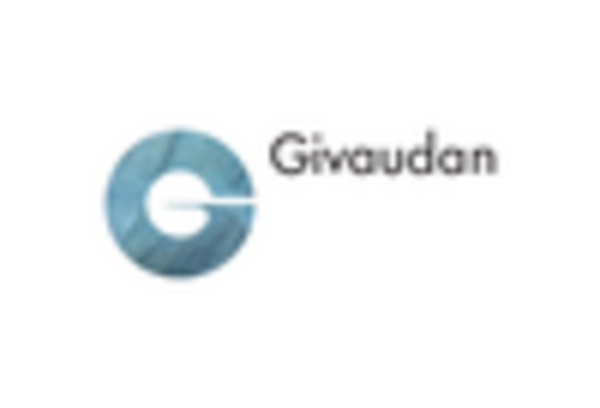
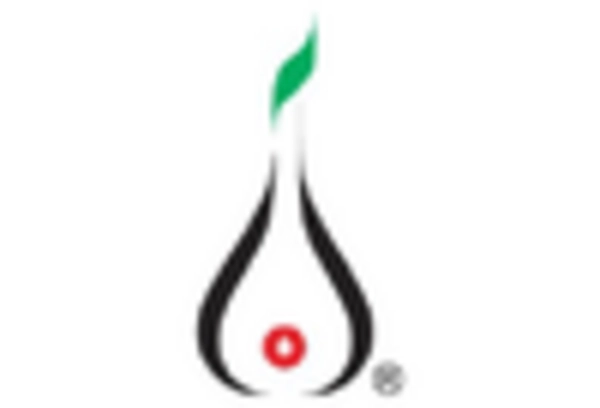
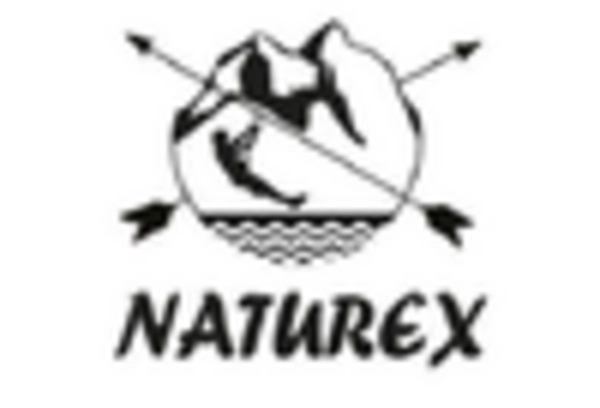
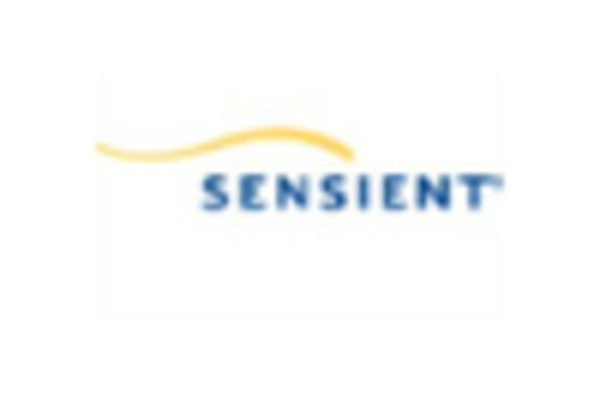








Leave a Comment